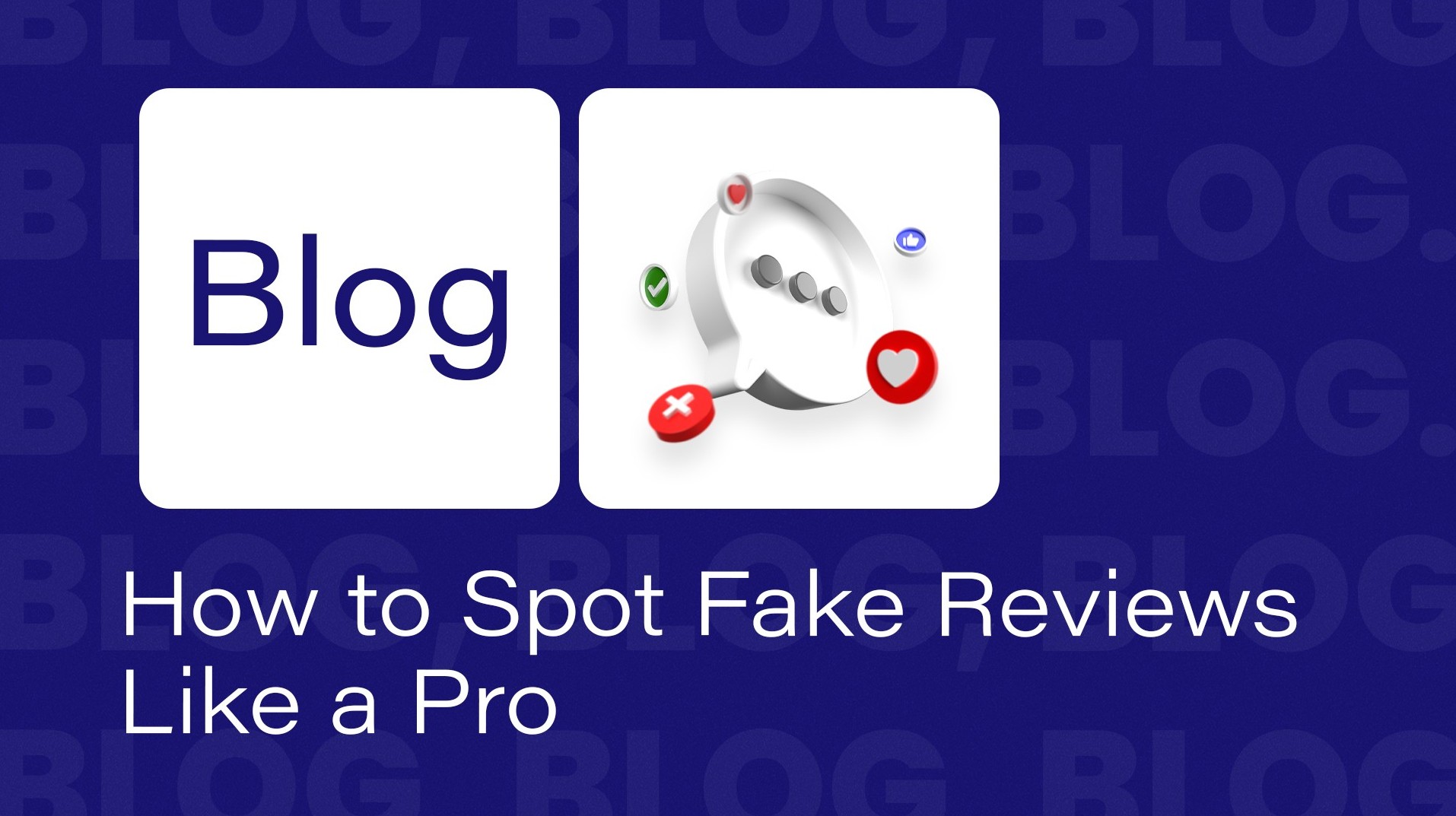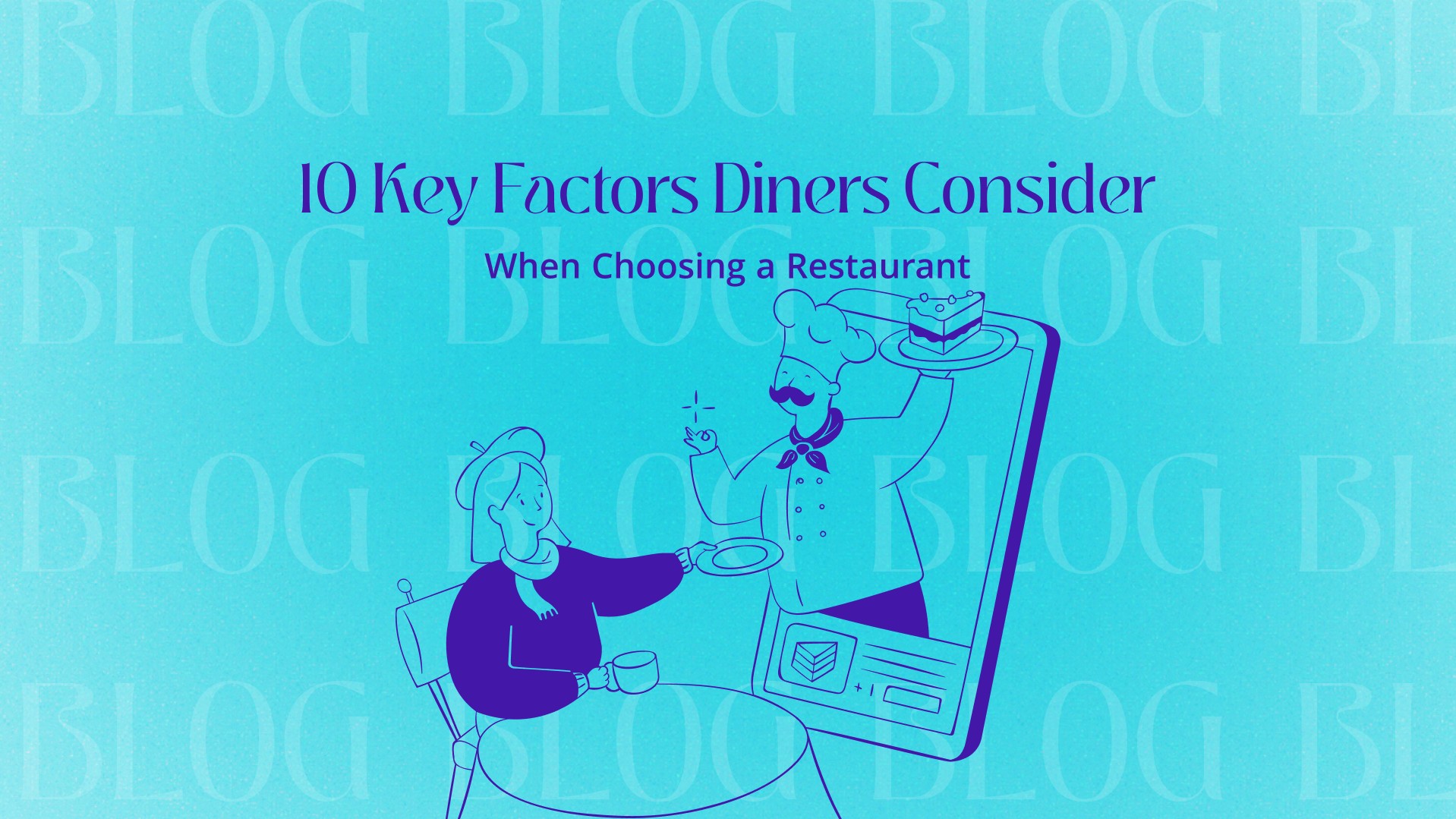How to Spot Fake Reviews Like a Pro
In today’s digital age, online reviews wield immense influence over consumer decisions, shaping perceptions of brands and products. However, amidst the sea of genuine feedback lies a murky underworld of fake reviews designed to deceive unsuspecting consumers. At iReview, we’re committed to helping you navigate this landscape with confidence. In this guide, we’ll unveil the telltale signs of fake reviews and empower you to make informed choices.

Understanding the Impact of Fake Reviews
The Proliferation of Deception
Fake reviews have become alarmingly prevalent across various online platforms, from e-commerce websites to social media networks. According to BrightLocal, 82% of consumers have read a fake review in the last year, with 79% stating that they have trouble spotting them. This widespread deception undermines trust in online reviews and compromises the integrity of the review ecosystem.
The Cost of Deception
The repercussions of fake reviews extend far beyond mere deception. Reputation X reports that businesses risk losing up to 22% of potential customers when they receive a negative review. Furthermore, platforms like Amazon and Google penalize businesses caught engaging in fraudulent review practices, leading to loss of credibility, visibility, and revenue.
Unmasking Fake Reviews: Key Indicators to Look For
Overly Positive or Negative Language
Fake reviews often exhibit exaggerated or overly positive language, lacking nuance or detail. Conversely, negative fake reviews may appear excessively harsh or inflammatory, lacking specific examples or experiences. Look for reviews that strike a balanced tone and provide detailed insights into the product or service.
Suspicious Reviewer Profiles
Take a closer look at the profiles of reviewers posting suspicious reviews. Fake profiles may exhibit telltale signs such as generic usernames, lack of profile pictures, or a history of posting similar reviews across multiple businesses or products. Verify the authenticity of reviewers by examining their review history and activity.
Inconsistent Review Patterns
Analyze the timing and frequency of reviews to identify inconsistencies or patterns that may indicate manipulation. Fake reviews may appear in clusters or coincide with specific events, such as product launches or promotional campaigns. Genuine reviews, on the other hand, tend to occur organically over time.
Tools and Techniques for Detecting Fake Reviews
Review Analysis Tools
Utilize specialized review analysis tools and platforms to evaluate the authenticity of reviews. These tools leverage advanced algorithms and machine learning to detect patterns, anomalies, and linguistic cues indicative of fake reviews. Platforms like iReview offer comprehensive review analysis solutions tailored to your specific needs.
Sentiment Analysis
Deploy sentiment analysis techniques to assess the emotional tone and language used in reviews. Natural language processing algorithms can identify patterns and anomalies in sentiment expression, helping distinguish genuine reviews from fraudulent ones. Leverage sentiment analysis tools to gain deeper insights into reviewer intent and authenticity.
Conclusion: Empowering Consumers to Make Informed Choices
In conclusion, the prevalence of fake reviews poses a significant challenge for consumers and businesses alike. By understanding the telltale signs of fake reviews and leveraging advanced tools and techniques, consumers can protect themselves from deception and make informed choices. At iReview, we’re dedicated to empowering consumers with the knowledge and resources they need to navigate the digital landscape with confidence and trust.
Ready to safeguard your online reputation and make informed decisions? Contact us today to learn more about our comprehensive reputation management solutions!









